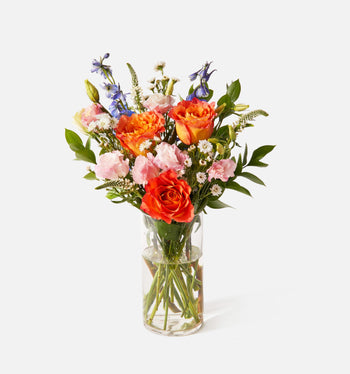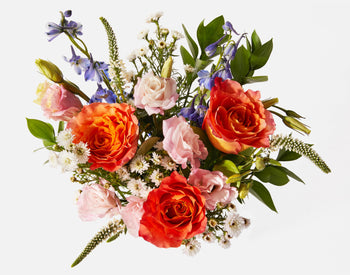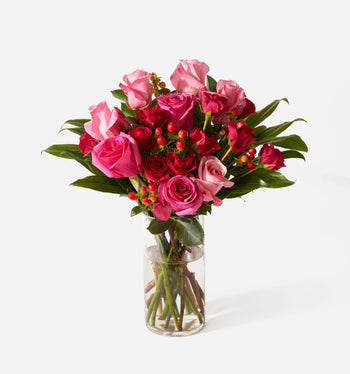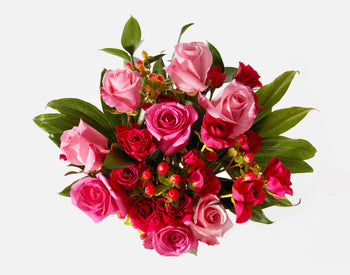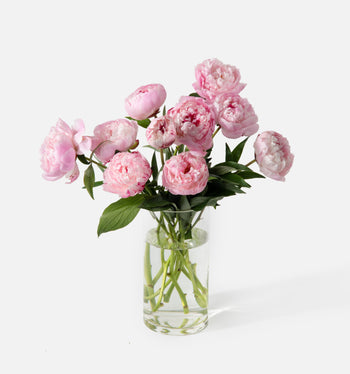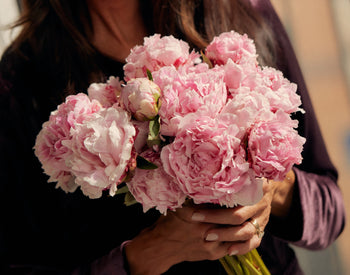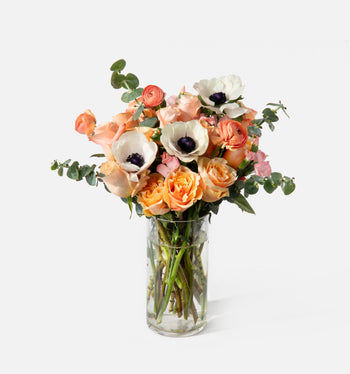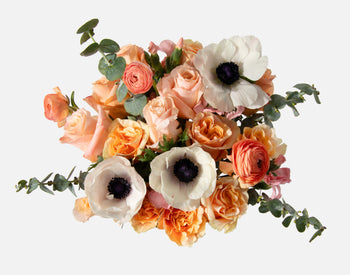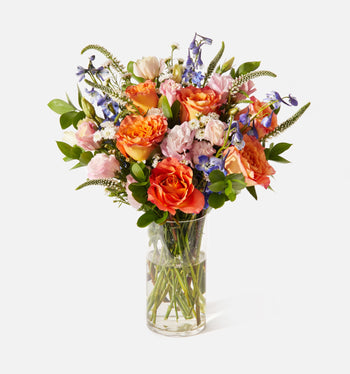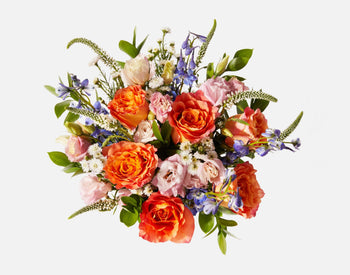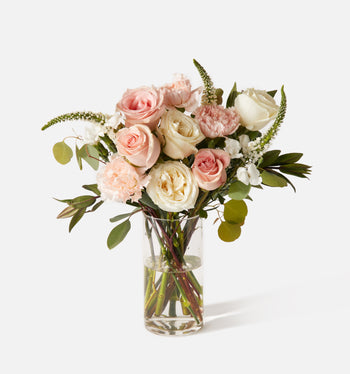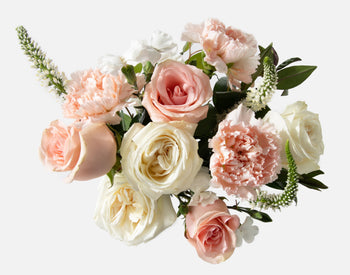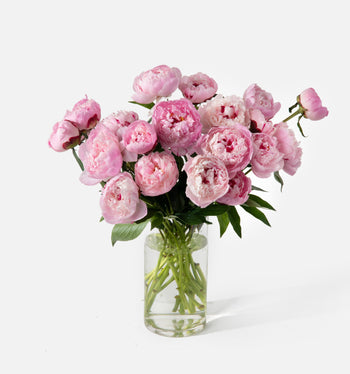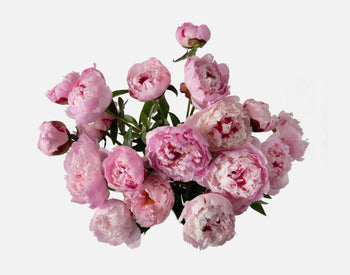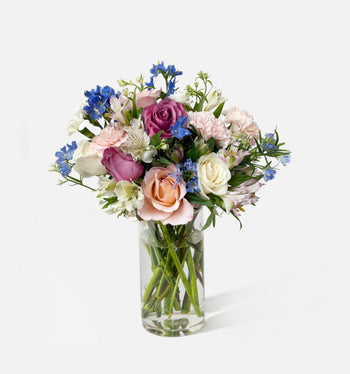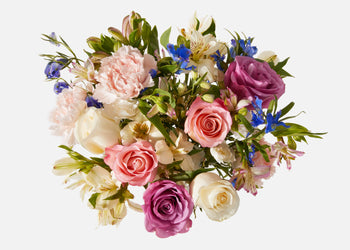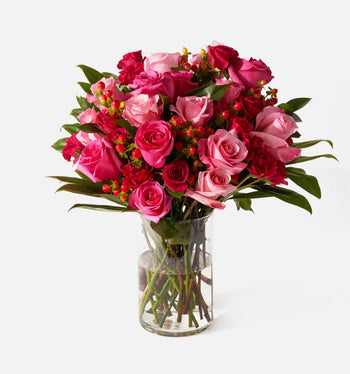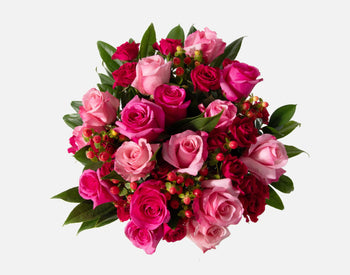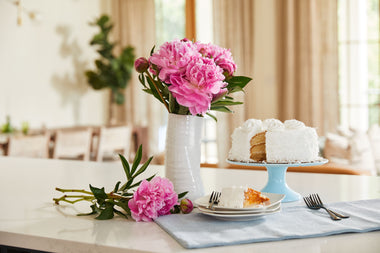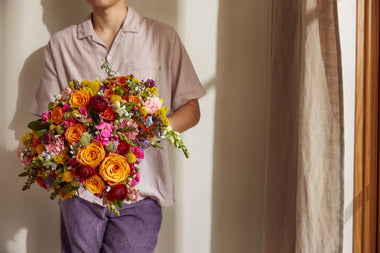Valentine’s Day is already almost upon us again! Whether you’re celebrating with a loved one, your parents, or friends (#galentinesday), this day is about celebrating those that are most special to you. Many choose to gift or receive gifts on this holiday, but without question, this is the biggest holiday of the year for one gift in particular — flowers! About one-third of Americans purchased flowers or plants as gifts for Valentine’s Day back in 2019, and that number only increases each year. So you are lucky enough to have a beautiful floral arrangement. Now what?! Many of us look to the internet a few days after Valentine’s Day with the same problem: we aren’t sure how to make those floral arrangements last. If you’ve ever found yourself in that scenario, or you simply want to learn a bit more about how to help your flowers live their best life, keep reading.
Steps To Care for Your Flowers
- Unpack and Feed Your Babies
- Trim It Up
- Keep It Cool
- Edit as Needed
The first thing you want to do when you receive your flowers is to unpack them! If you received your arrangement in a box, make sure to open them and remove them from their packaging as soon as possible. Plastic wrapping, rubber bands, and other packaging materials are OK temporarily, but it’s best to get rid of them as soon as possible. Once you’ve done that, you’ll want to move your arrangement to its new home, likely a vase. If your arrangement came with a vase or vessel, this part is done! If you have to provide one yourself, the rule of thumb is that the length of the flower stems should be no more than one and a half to two times the height of a vase.
Once you’ve gotten your vase ready, it’s time to prep it for your flowers! Most arrangements and cut flowers come with a small packet of “flower food,” which is a mixture of citric acid, sugar, and bleach, all of which will help to keep your arrangement last longer. Flower food provides nutrients to combat the rapid onset of wilting. Some packets may also include stem unpluggers, which prevent the stem from closing, ensuring that the flower can absorb the flower food and water. You’ll want to mix the flower food packet with water. Use cool water, and if you have a water softener, it’s best to use distilled water or demineralized water for your cut flowers. Softened water contains too much sodium, which is not good for your flowers.
Before dunking your flowers right into their new home, you’ll want to give them a quick trim. When the stems of flowers sit, either in packaging or water, the ends become clogged, which prevents them from absorbing the water. For that reason, you need to trim about 1 inch from each stem’s end when you first bring your flowers home. Using the sharpest knife or scissors you can is best — a dull blade will squish the stems. When you’re cutting the stems, do so at a 45-degree angle to maximize water intake.
Now that your arrangement is soaking up lots of food and water, you’ll want to make sure that you put it in a place where it will last the longest. It’s recommended that you place your arrangement in a cool room, away from direct sunlight and away from unnatural sources of heat like stoves, fireplaces, or heating vents. Anywhere that could dry out or burn your flowers is a no-go, so avoid a bright windowsill and opt for a shaded table instead.
Now that you’ve got your arrangement in place, you’re onto the maintenance side of the process. Petals and leaves, either dead or alive, in your vase can be toxic for your surviving flowers, so be sure to remove those from the vase if you see them. This will prevent the spread of harmful bacteria among the rest of your still-healthy flowers. Don’t forget to also take a look at the flower and petals themselves. If you see one that looks like little dry, don’t be afraid to gently remove it! Not only will your arrangement look better with some grooming, but it’ll also allow all the resources to go to the rest of the healthy parts.
Next up in your caretaking, continue to cut the stems every two to three days. Think of this as you would a healing cut - once it heals and scabs up, nothing can get into it. Similarly, when the stem closes up, it can’t get as much water as it needs. Speaking of water, make sure to change that out often. Change the water in your vase every two to three days or when the water no longer appears clear. The first few days are the most crucial to keep an eye on your arrangement because fresh-cut flowers are extra thirsty, and they can take up a lot of water quickly. Never let your vase run dry, or your plant babies will suffer.
Valentine’s Day is such a special holiday, regardless of whether you’re celebrating with a special someone, your family, or you’re enjoying the love of your friends. Flowers are a treat to give and to receive, and with the proper care, they can last upwards of 10 days. Keep in mind that some flowers do last a bit longer than others. Zinnias, carnations, chrysanthemums, and baby’s breath have been known to last two to three weeks or more, while alstroemeria usually lasts up to two weeks once they’re cut. You may sacrifice longevity for beauty, but there are a variety of flowers that will last into March if treated properly. Lastly, don’t forget that some plant care happens before purchase, so it’s all your responsibility! Other factors like how long ago the flowers were cut before you received them, how long they were kept at the florist’s shop or in a store, and what temperature they were kept at can all contribute to how long they last. With that, go forth and gift some beautiful blooms to your loved ones. Happy Valentine’s Day!




